Why Do We Eat That? A History of Thanksgiving Traditions
Every year during this time, the leaves are changing, the air is getting colder, and the thought of the Thanksgiving feast many will devour over break fills their mind with excitement. Yes, everyone has their own traditions, but have you ever wondered why we have some of these traditions? Why we eat what we do?
The first Thanksgiving was held in 1621 at Plymouth Plantation in Massachusetts when the English Pilgrims celebrated the good harvest with their Native American neighbors. However, it can be argued that the actual first Thanksgiving was held on September 8, 1565 when the Spaniards shared a feast with the native tribe in what would now be modern Florida.
In 1939, President Franklin D. Roosevelt issued a Presidential Proclamation moving Thanksgiving to the second to last Thursday in November after centuries of the date constantly changing when presidents came and went. In fact, for 2 years, Thanksgiving was celebrated for 2 days because some states refused to change the date when they tried to issue a similar proclamation like FDR did.
Enough about the history about Thanksgiving, why do we eat what we do?
Turkey
It is believed that the Pilgrims ate turkey because chickens and cows were more valuable to keep around back then. Wild turkey was very commonly found in that region along with swan, duck, and geese.
Gravy
It is suspected that remainders of the turkey were boiled to make a broth, then thickened with grain due to Thanksgiving being 3 days long.
Pumpkin pie
Everyone looks forward to Thanksgiving for this nostalgic desert which was believed to be at the first Thanksgiving. Now, the pumpkin pie your thinking of wasn’t exactly what they ate. The Pilgrims didn’t have butter or flour for a crust, so it is thought that they used a hollowed out pumpkin shell and filled it with different spices and cremes to make a custard, which was then roasted over the fire.
Cranberry sauce
The Ocean Spray Cranberry Sauce that comes in a can wasn’t exactly what the Pilgrims ate either. Cranberries are native to North America and were introduced to the Pilgrims by the Native Americans, but it is unknown how the Pilgrims ate these harvested fruit at the first Thanksgiving.
Mashed potatoes and stuffing
However, for mashed potatoes and stuffing, it is unknown if they were a part of the first feast. These two dishes became a part of the iconic Thanksgiving feast when Sarah Josepha Hale, who is named the “godmother of Thanksgiving,” wrote recipes of the two dishes in multiple magazines and novels about Thanksgiving.
So next time you go to you grandparents house, or smell that turkey roasting in the oven, think about the history these dishes and how your traditions came to be.
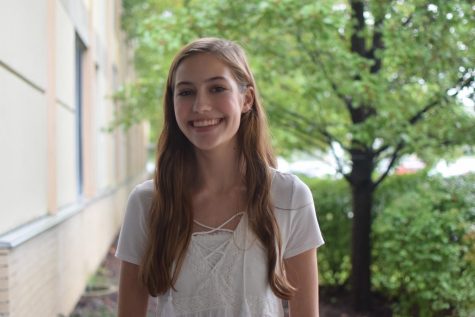
Hello! My name is Makenna Bauer and this is my second year in Tyrone Eagle Eye and I am super excited! I am a junior and I am on the varsity volleyball...



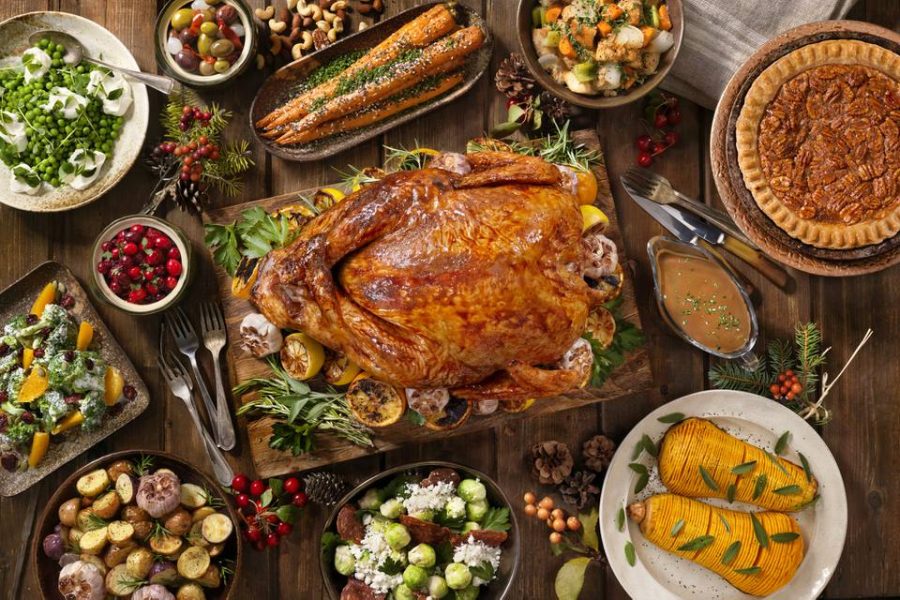
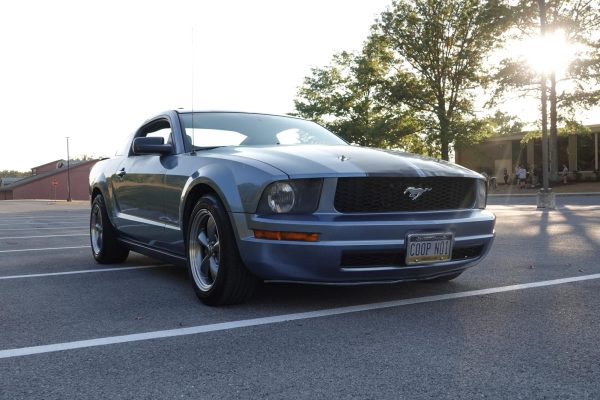
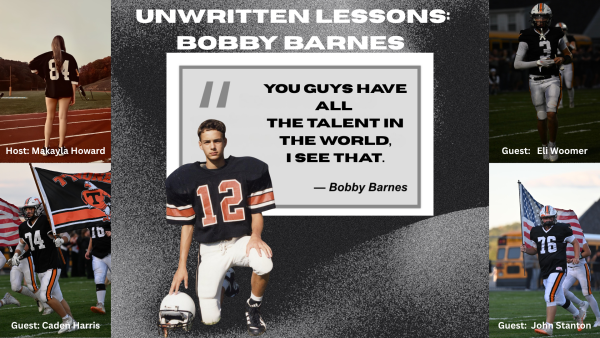
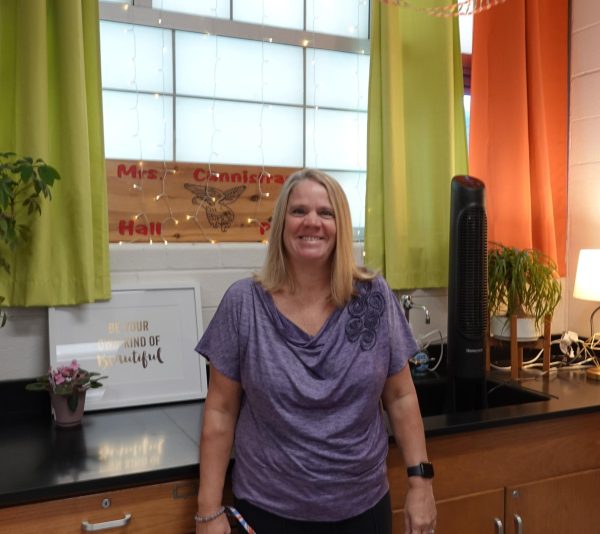
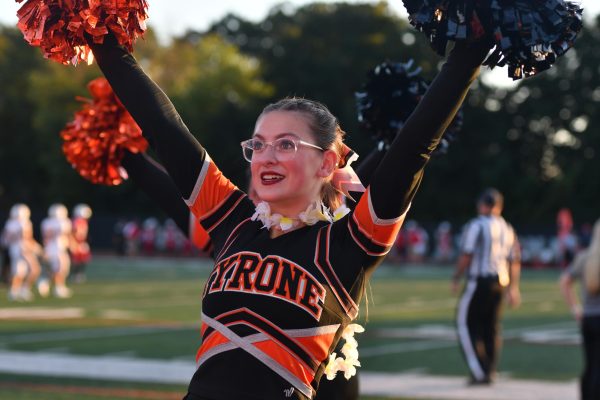
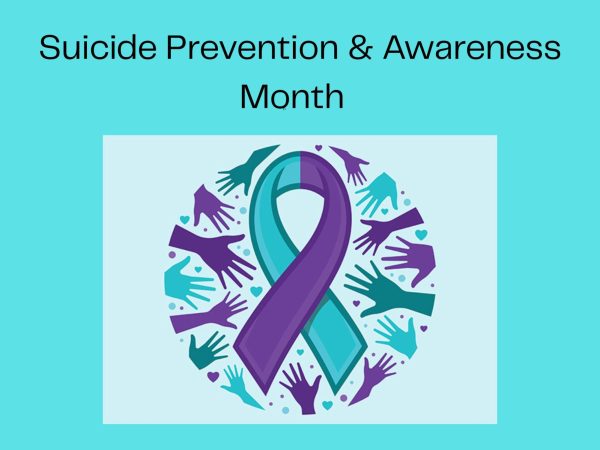
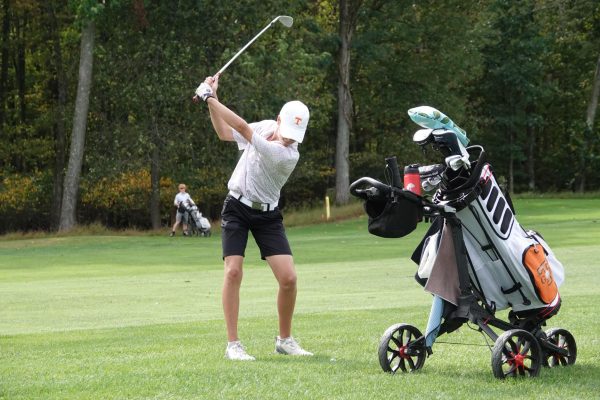
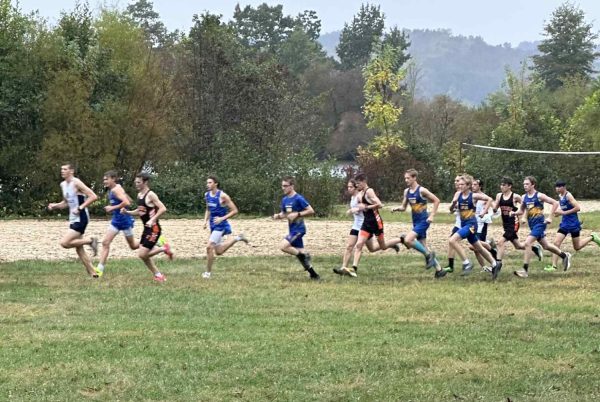
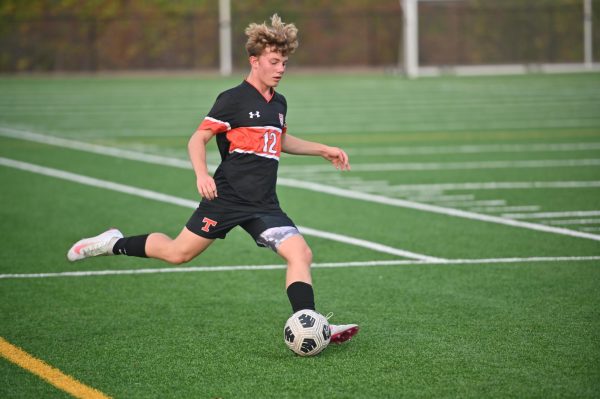
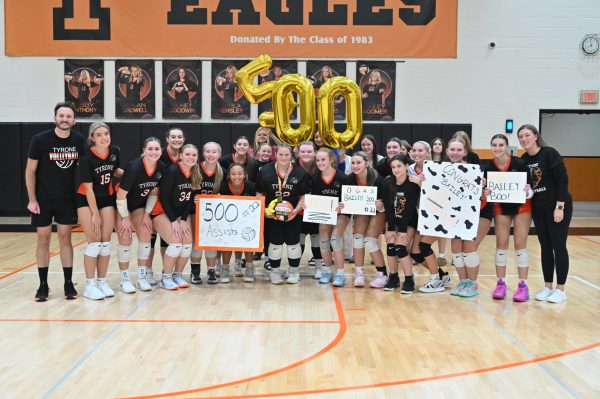
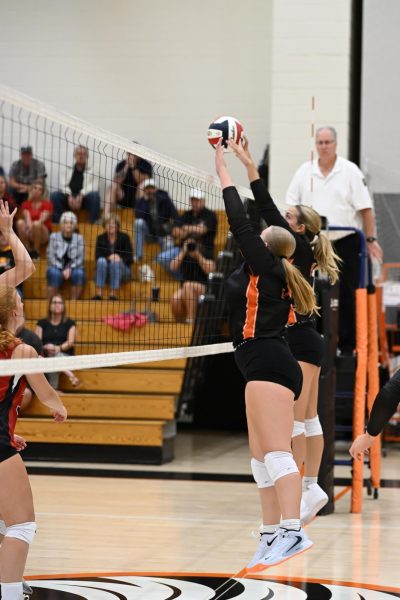
Steven Sessamen • Dec 3, 2019 at 10:53 am
Stuffing is stuffing becuase it is stuffed up inside of the turkey via the rear exit, but it is just seasoned bread, and such used spices that were put into the bread were not avalible, so the closest thing that the pilgrims had would be like biscuts. Anyhow I hope you all enjoyed your bread that was stuffed up into a bird corpse.